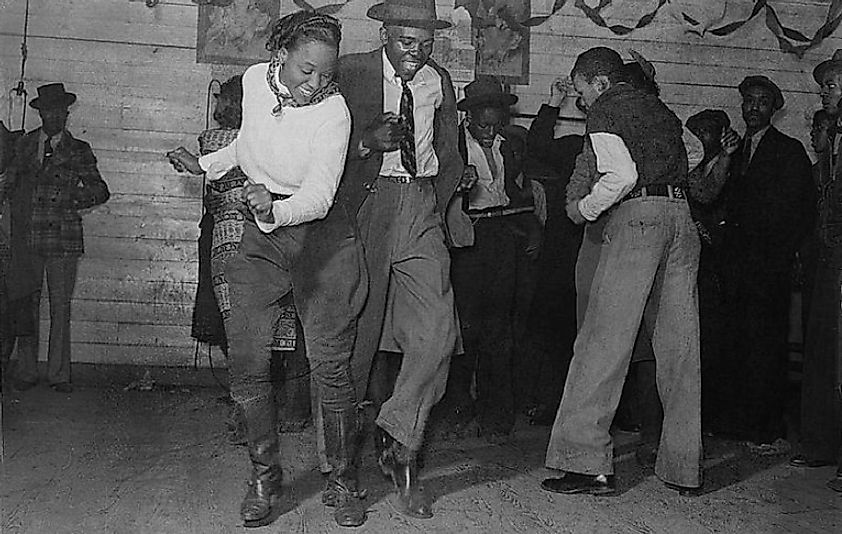What Is Jitterbug Dance And Where Did It Come From?

Dance styles vary significantly across different time periods, regions, musical genres, and the intended purposes for the dancing. Dancing involves movement of all or parts of the body in response to the beats or the rhythm of the song. Some of the dance styles like beguine and Charleston are very vigorous and fast paced while fox-trot and minuet are slow and requires very little energy. Dance styles have also evolved from the old schools dance which was unorganized and uncoordinated to the modern well-choreographed styles. One of the old school danced that was popularized in the 20th Century is the jitterbug dance which is a jazz dance characterized by acrobatic feats.
5. Overview and Characteristics -
Jitterbug is a wonderful dance style which is suitable for many different types of music, age groups, and personalities because of its various renditions. Jitterbug dance is also known as the swing dance since it involves different styles of swings depending on the type of music one is dancing to, the dance theme, the geographies, and the knowledge of the dancing partner. The jitterbug dance or the swing dance involve the East Coast or West Coast Swing, Shag, push, and whip. The jitterbug swing rhythm includes the single rhythm which is one weighted step for every two beats of music, single delayed rhythm, double rhythm, and triple rhythm. Jitterbug dance is very energetic and involves very sharp jerking movements with partners switching between the face-to-face stance and side-by-side hold.
4. Origins -
The jitterbug dance is attributed to Cab Calloway and his song “Call the Jitter Bug” produced in 1934, and the film “Jitterbug Party”, both of which were responsible for popularizing the word. However, the word was coined by Harry Alexander White. There are many theories as to the origin of the name of the dance. One theory is that it meant a man and a woman suffering from alcoholic nerves while some theories suggested that it was coined from how the dancers moved on the floor because of the exaggerated their movements, hopped, jumped, and bounced making them look like bugs.
3. Spread and Development -
The spread and the use of the word jitterbug is attributed to Benny Goodman, who was performing in a radio broadcast in New York. During one of his tours in Oakland, he made a stop at the Sweet’s Ballroom where the young adults performed jitterbug dance the whole night as he played his music. The spread of the dance was also facilitated by the World War II in 1944 across the Pacific and the Atlantic Ocean. In 1957, the American Broadcasting Company aired the American Bandstand music show which featured prominent artist and songs. During this time jitterbug dance was becoming popular with every musician wanting to perform it in the show. By 1962, jitterbug dance was among the only three dances that could be played.
2. Notable Jitterbug Dancers -
During the peak of the jitterbug dance, several musicians and performing groups included the dance in their performances. Blues Musician Muddy Waters had his performance of the dance recorded in 1960 and released on the album LP At Newport 1960. Whitey’s Lindy Hoppers and Jerry Lewis are also some of the notable dancers of jitterbug, especially in the 1950s and 1960s.
1. Greater Significance and Legacy -
The jitterbug dance played an important role in bringing people back into the ballrooms, which had closed their doors during the World War II due to the higher federal tax that was levied against “dancing” night clubs. People who had not danced before were tempted into jitterbug dance. Solders who were stationed in different countries used jitterbug dance as a form of entertainment while in Australia it was used as a competition dance with the winners walking away with gifts.











